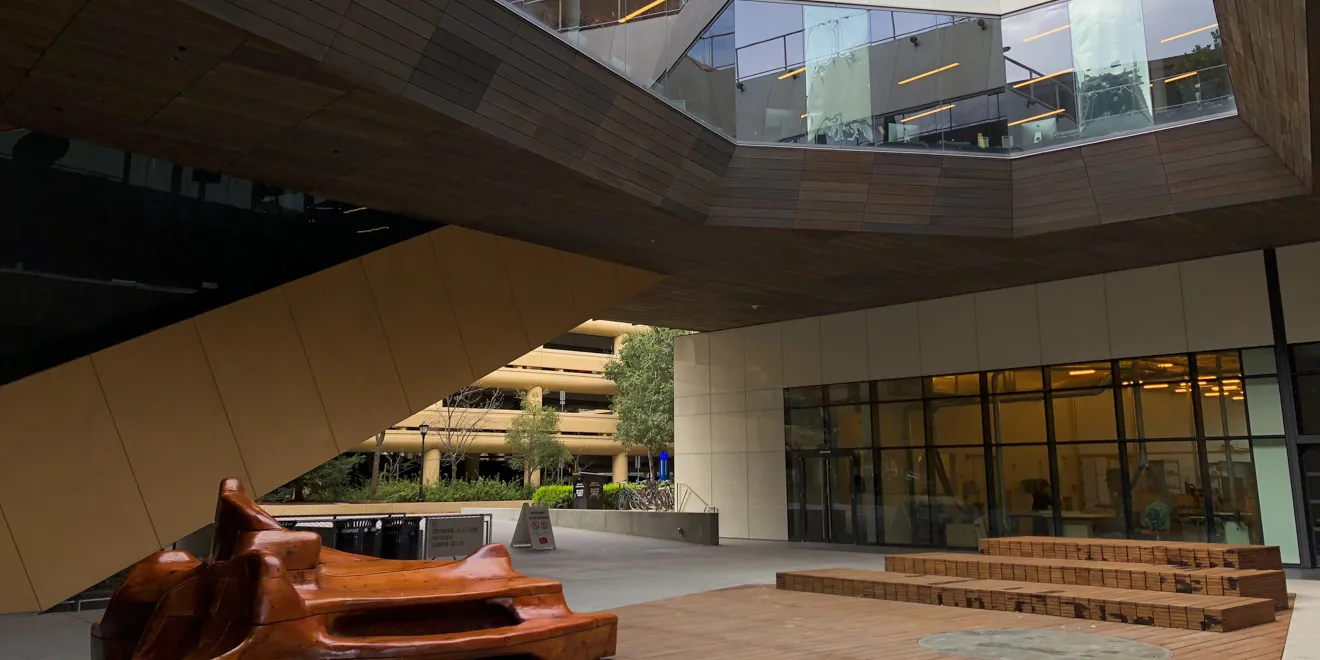In the introductory film studies course FILMSTUD 135: Around the World in Ten Films, students watch and discuss films from a variety of cultures, genres and time periods.
“[I try] to introduce a variety [of films] so they can see the extent to which different cultures are capable of producing interesting films even if they are very different amongst themselves,” said professor Pavle Levi, “but to also try to extrapolate certain commonalities, which connect us all as people … no matter what walks of life or what cultures or what parts of the world we come from.”
The list includes contemporary films, World War II documentaries, ‘90s realist films, ‘60s political cinema and even some silent film. Levi said that he tries to pick films which will expose students to the richness of global cinema through their diversity.
Levi firmly believes that film is “a universal language of sorts,” he told The Daily. This does not mean, he said, that we should neglect the “cultural particularism and specificity films always are rooted in,” but rather that they can “bespeak certain cultures…at a level which goes beyond the limits of particulars.”
The class is open to Stanford students of all academic backgrounds, with no prerequisites in place. Levi said that he hopes it will kindle or intensify students’ desire to watch films frequently and thoughtfully, whether they are beginners to the medium or long-time cinephiles.
“Because we work in film and we make film so much, sometimes we get really in the process, and it’s hard to enjoy films,” said Inês Melo, a second-year masters student in documentary film and video. “This class for me has just been all about enjoying cinema, [and] also listening to the teacher speak … you can see that he really knows a lot, and he loves cinema a lot.”
A film screening is held every Wednesday night, followed by a Thursday morning discussion about the film and its cinematic features. Students keep a journal of the films they watch, which Levi said helps them understand what makes the films “interesting in their own right, which is to say as films,” by continuously writing and thinking about not only what their content is but also how they convey it.
“What makes [film] so important is what has always made it important, and that is that it’s a unique medium and mode of expression that is capable of communicating to so many people,” Levi said.
In the discussion sections, Levi said he aims to help students develop their understanding of the language of cinema, guiding them through analysis of each film not only as a narrative, but as a work of the medium of film and all its complexities.
“The lecture after watching the films is always quite interesting, because you come to know what’s going on in the director’s mind, what [he was] thinking before he took this particular shot and things like that,” said Valmik Lakhlani, a second-year masters student in chemical engineering.
According to Levi, the core of film studies lies in the question of film language and how it works to facilitate close readings of a work’s images and sounds in relation to each other.
“[In film studies, we] perform close readings of films as kind of an audiovisual structure,” he said. “There are many levels, many elements to film language, and it’s precisely this study of film language and understanding and knowledge of the vocabulary for that kind of analysis that…we devote the bulk of our attention to.”
He cites attention to cinematic style and form as one of the most important thing he and his colleagues look for in film.
“The best films…are those that are made by filmmakers who are really fully aware of what it means to make work that is cinematic, something that uniquely utilizes the ability of film medium,” Levi said. “And the ways of doing that are really infinite, which is why the beauty of cinema is, in a way, inexhaustible.”
Contact Emily Wan at emilywan ‘at’ stanford.edu.
